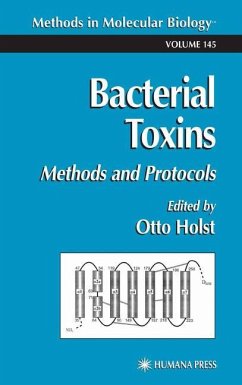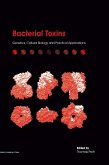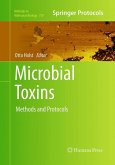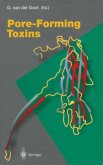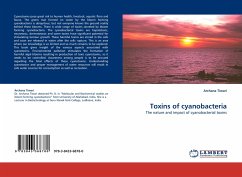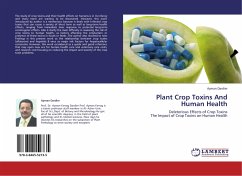The interest of investigators across a broad spectrum of scientific dis- plines has been steadily stimulated by the field of bacterial toxin research, an area that makes use of a large variety of biological, chemical, physicochemical, and medically oriented approaches. Researchers studying bacterial toxins need to be acquainted with all these disciplines in order to work effectively in the field. To date, there has been no published collection offering detailed descr- tions of the techniques and methods needed by researchers operating across the field'sdiverse areas. The present volume Bacterial Toxins: Methods and Pro- cols, is intended to fill this gap. Bacterial Toxins: Methods and Protocols consists of two sections: one on protein toxins (15 chapters) and one on endotoxins (5 chapters). Each s- tion is introduced by an overview article (Chapters 1 and 16). The protocols collected represent state-of-the-art techniques that each have high impact on future bacterial toxin research. All methods are described by authors who have regularly been using the protocol in their own laboratories. Included in each chapter is a brief introduction to the method being described.
"The editor has put together an outstanding text on the current protocols used in the study of protein toxins. The caliber of the contributors is outstanding and represents an international perspective. While the editor does not present the text as an exhaustive discussion of microbial toxins, there is a focus on those areas where there is current and active research such as toxin-receptor kinetics, the use of fluorescence resonance energy transfer to detect structural changes in protein toxins, and CE-ESMS of short-chain lipopolysaccharides in Haemophilus influenzae. The organization and content level of this manual makes it a highly desirable addition to either a personal or a departmental library. "-Doody's Health Science Book Review Journal

